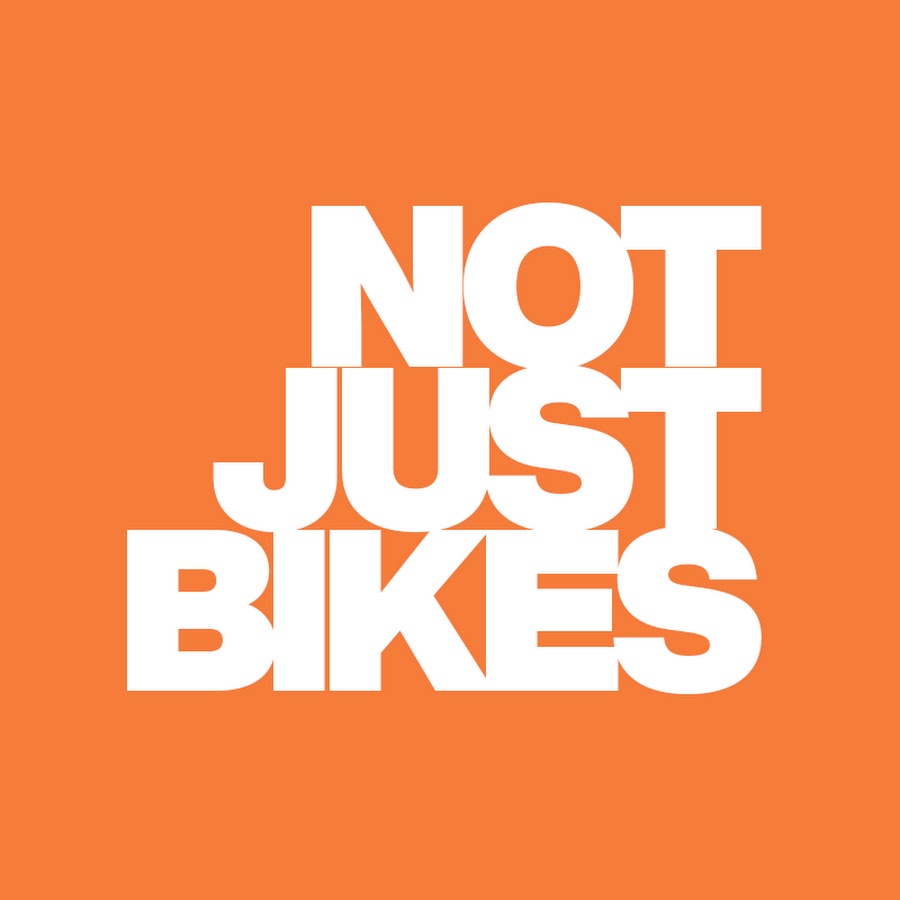- cross-posted to:
- fuckcars@lemmy.world
- cross-posted to:
- fuckcars@lemmy.world
Note: this is copy/pasted from my comment on the Nebula version. Time codes might be slightly off.
The stock clip used at 3:20 involving a driver unabashedly on their phone is brilliant.
The 5:45 clip of a dude in a bigfoot costume cycling through Tokyo was unexpected.
6:00 the self-shout-out had me laugh out loud.
The idea of lowering local street speed limits not actually making your trip take much longer is so true. Brisbane-based cycling safety advocate Chris Cox has a video where he gives a demonstration. He drives the same route twice, once sticking to 30 km/h on the local streets, and once trying his best to get up to the speed limit of 50 km/h on those streets. (Driving to the predominantly 60 km/h speed limit on arterial roads.) The video on the whole is actually incredibly similar to this one, down to the safety/speed curve, the FOV comparisons, and the dismissal of the ridiculous arguments against 30 km/h. Because yeah, Jason’s words in the conclusion to this video are so right: the data is really, really, really clear here; at some point we have to realise that anybody fighting against lower speed limits within cities is either wilfully ignorant or they’re a selfish arsehole who values their convenience more than other people’s safety. But here’s a timestamped link to the bit of Chris’s video where he starts his experiment. It took a whopping 9 extra seconds. 9 seconds, on a 10 minute journey.
Towards the end of the video he addresses the point that the optimum speed of cars is around 60(or I thought it was 70).
This argument doesn’t apply here because that figure is for a car traveling at a constant speed on a straight, flat road with no wind. E.g. a freeway/motorway. In a city, a significant amount of the energy is used to speed up and slow down at intersections.
Remember the kinetic energy formula, Ek=1/2 mv^2 . That tells you that accelerating a car to twice the speed takes 4 times the energy, or in other words it takes 4 times as much fuel to get to 60 as it does to get to 30.
This extra energy to get up to speed is going to far outweigh any benefit from less rolling resistance at 60 compared to 30.


